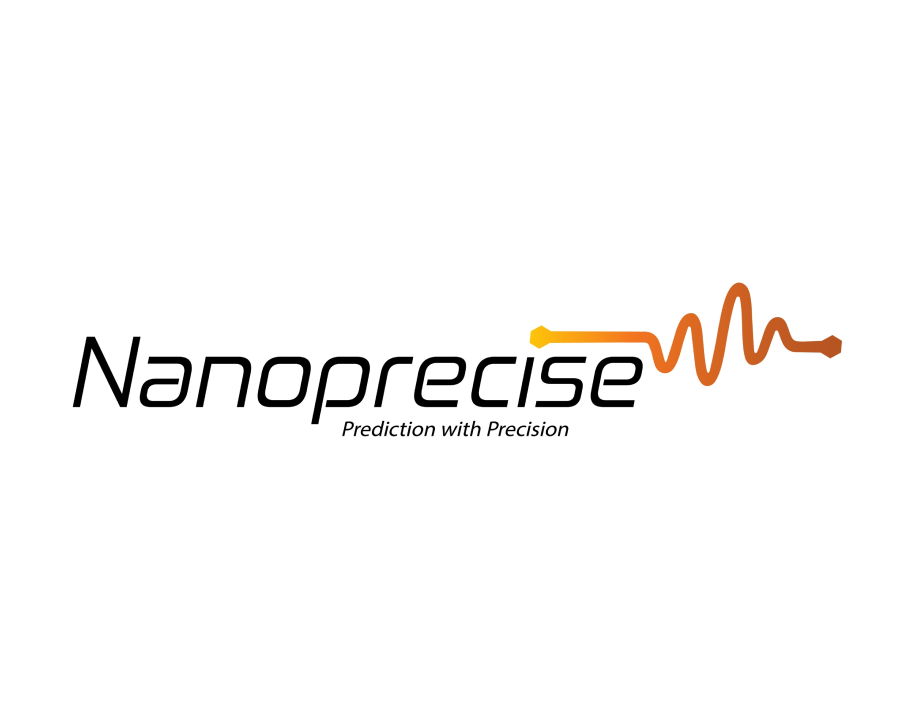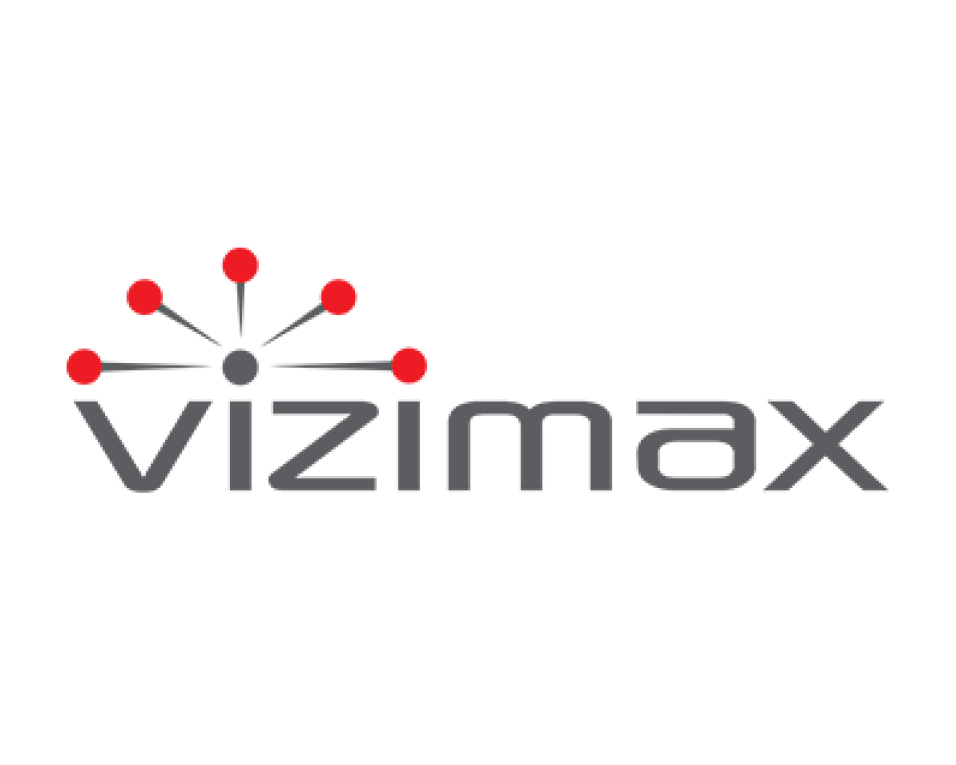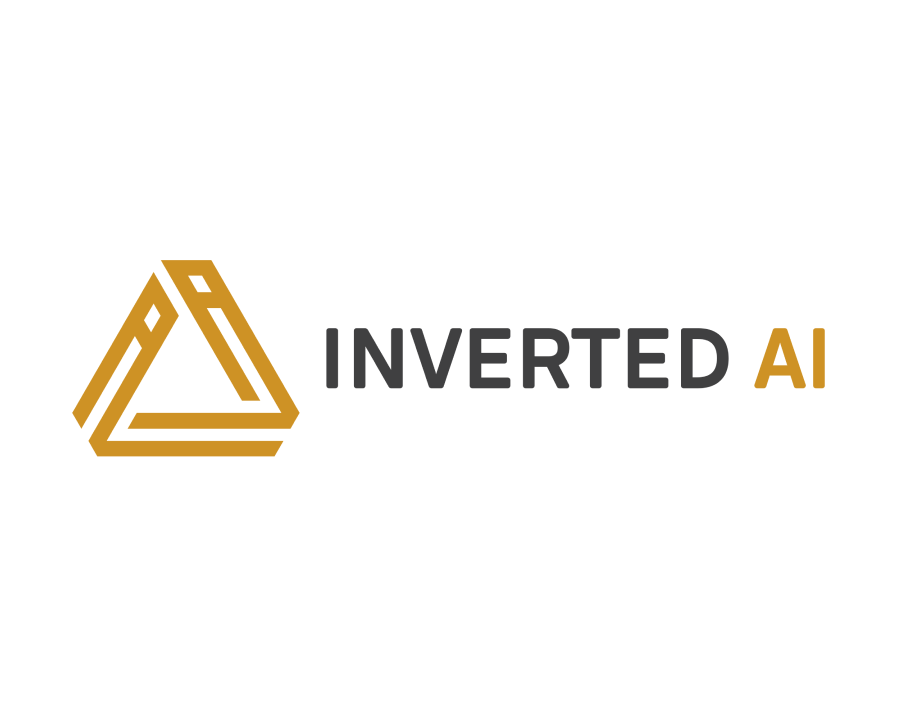
The "Digital Twins Market by Therapeutic Area, Type of Digital Twin, Area of Application, End Users and Key Geographical Regions: Industry Trends and Global Forecasts, 2022-2035" report has been added to ResearchAndMarkets.com's offering.This report features an extensive study of the current landscape, offering an informed opinion on the likely adoption of digital twins in the healthcare domain, till 2035. The report features an in-depth analysis, highlighting the capabilities of various stakeholders engaged in this market space.Company Profiles
- Babylon
- ExactCure
- ImmersiveTouch
- Navv Systems
- ThoughtWire
- Unlearn.AI
The research and development behind a new drug is reported to require, on an average, an investment of nearly USD 1 billion. At present, over 90% of the drug candidates fail across different stages of clinical trials, leading to significant financial losses for developers.In recent years, with the introduction of industry 4.0 technologies, such as augmented reality, big data, internet of things (IoT) and virtual reality, the digital twins technology has emerged as a promising approach to mitigate a number of the aforementioned healthcare related concerns.Digital Twins refer to the virtual model of a physical object, process or service; such models are able to replicate real-life processes in order to collect real-time data to predict their performance. Further, digital twins have been shown to pace up the clinical trials and simulate studies for a larger population, in much quicker timelines. In fact, a group of researchers engaged in the classification of drug risks using digital twins claim that an extended version of the model could help save up to USD 2.5 billion spent on design and testing new drugs. Several digital twins have been found to be reliable in the diagnosis / treatment of various diseases and are, hence, expected to reduce the excessive cost spent on false medical diagnosis.It is worth mentioning that, on an annual basis, medical errors are expected to lead to a loss of nearly USD 20 billion in the US. Therefore, digital twins are believed to have the potential to enable significant cost savings. As a result, about 15% of organizations that implement IoT projects have already started using digital twin platforms, while over 60% of the firms are either planning or in the process of establishing digital twin technologies in their processes, in the near future.Digital twin technology companies are currently engaged in the development of products which are intended for numerous applications, such as asset / process management, personalized treatment and surgical planning. Additionally, as mentioned earlier, a number of digital twin platforms have been found reliable in several healthcare applications, such as diagnosis, health monitoring and medical training.The growing interest in this market can also be validated from that fact that, in the last two years, close to USD 6 billion has been invested by several investors based across the globe, in companies engaged in the development or those offering digital twins. Interestingly, the partnership activity in the industry has also witnessed a growth rate of over 15%, in the past three years. It is also important to note that, over the past few years, there have been a significant innovation in this market space.For instance, in September 2022, European Medicines Agency (EMA) released a favorable qualification opinion for TwinRCTT solution, for implementation in AI-generated prognostic digital twins being evaluated in phase II and phase III clinical trials. Considering the continuous innovation related to digital twins and a growing interest in automation and prognostic systems, we believe the digital twin market size is likely to evolve at a rapid pace, over the coming years.




